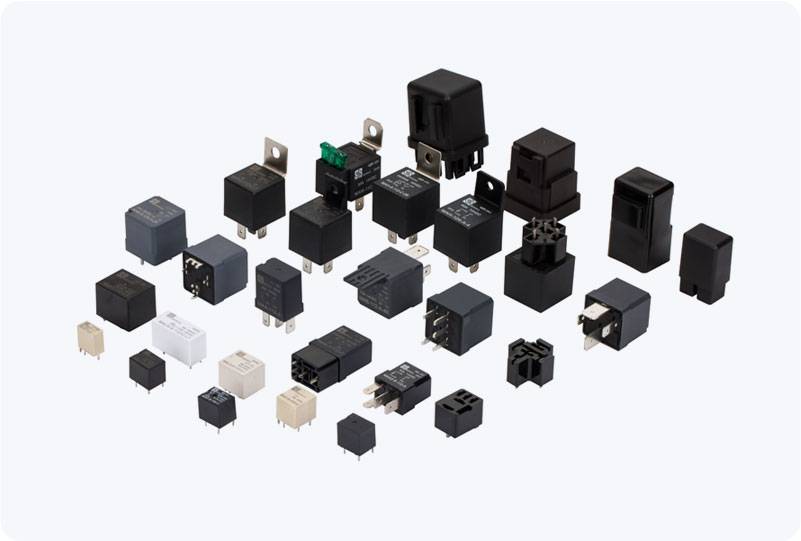Arc-Free Relay is an advanced technology designed to address the common challenge of electrical arcing in traditional relays, which can lead to equipment damage, decreased reliability, and reduced lifespan. Arcing occurs when the electrical contacts of a relay are opened or closed under load, causing a short-lived but intense discharge of electricity across the contacts. Over time, these arcing events can wear down the contacts, leading to malfunction and failure of the relay. As such, Arc-Free Relay has emerged as a crucial solution for applications that demand long-lasting, reliable, and safe electrical switching.

What is an Arc-Free Relay? An Arc-Free Relay is essentially a relay that is specifically engineered to minimize or eliminate the arcing that typically occurs when the relay’s contacts open or close while handling electrical current. These relays employ various innovative design techniques and technologies to prevent electrical arcing and ensure the integrity of the relay’s functionality throughout its operational lifespan. The Problem of Arcing in Traditional Relays In traditional relays, arcing becomes a significant problem when high voltage or high current is switched on or off. As the contacts of the relay open or close, an electric arc can form across the contact points. This arc not only damages the contact surfaces but can also cause electrical noise, heat, and in some cases, even fire hazards in severe conditions. Over time, the repeated formation of arcs can lead to the pitting or erosion of contact materials, resulting in poor electrical connections, decreased relay performance, and a shorter operational lifespan. In systems where relays are expected to perform over long periods or handle heavy-duty applications, this can lead to costly maintenance and replacements.
Leave a Reply